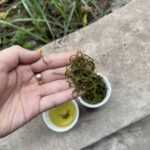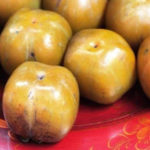Since 2014, Thai Hai Village has become a popular tourist destination in Thai Nguyen, attracting visitors from over 40 countries worldwide. In 2022, Thai Hai Village was honored with the title of “Best Tourism Village in the World” by the World Tourism Organization (UNWTO).
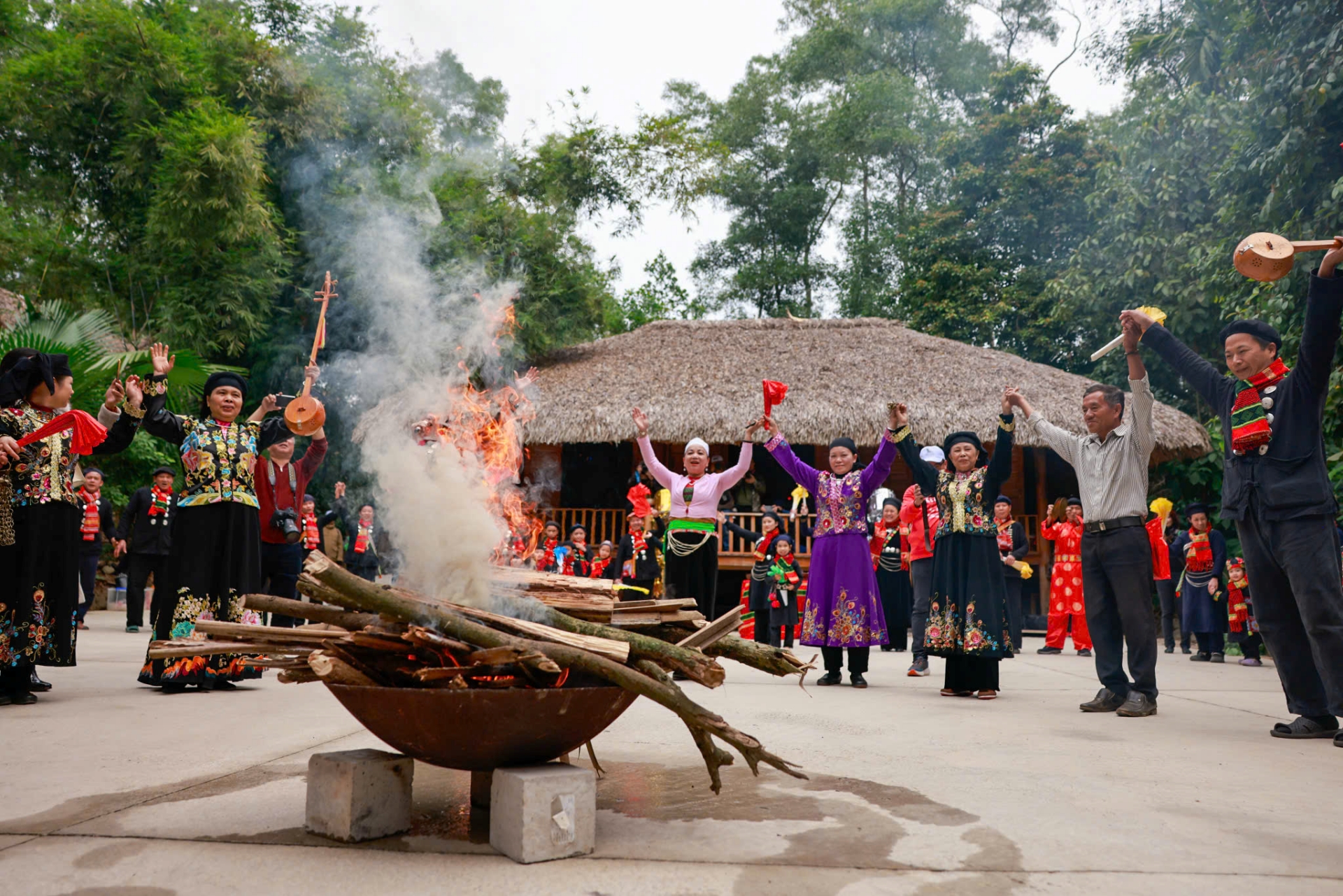
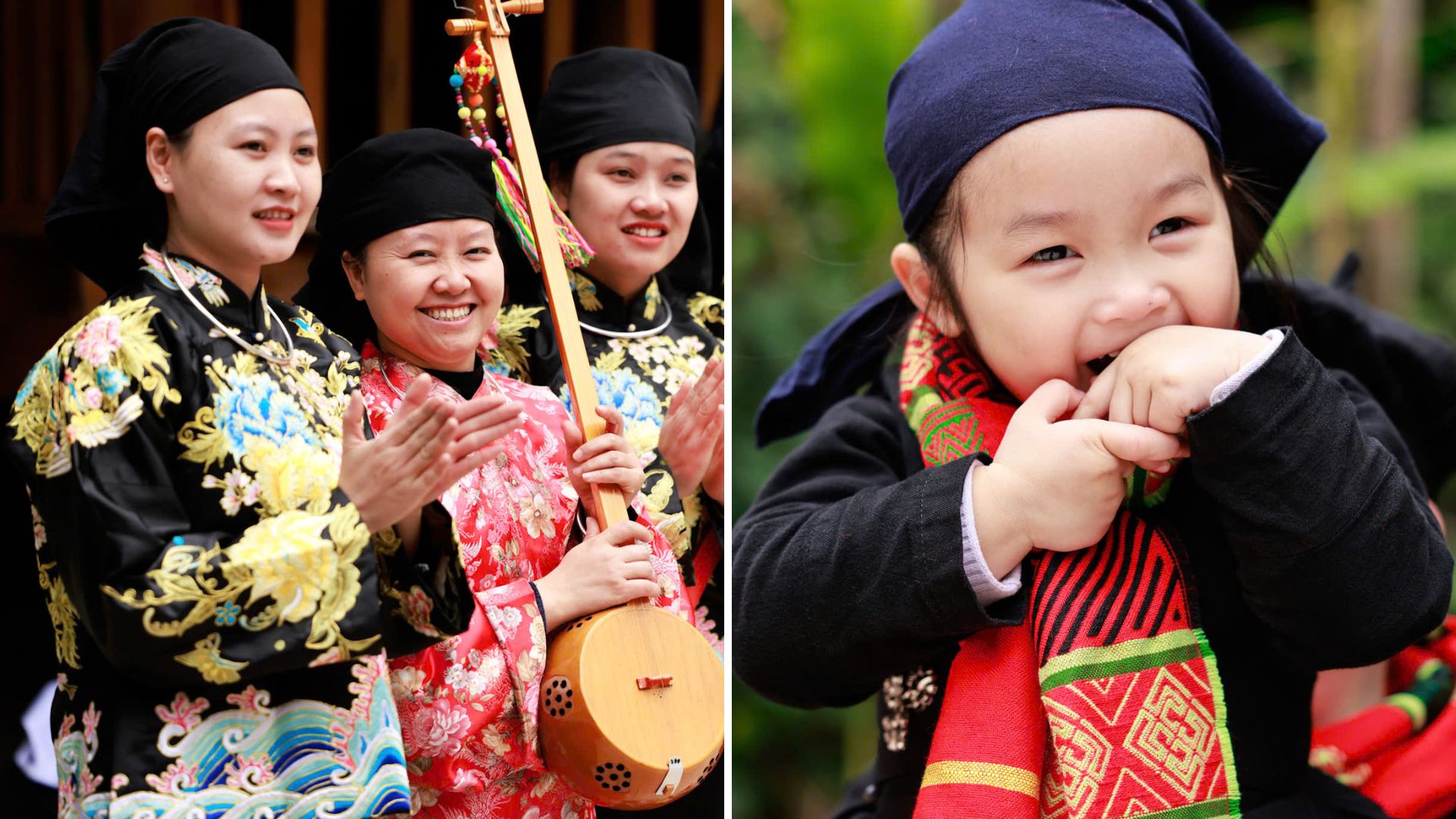
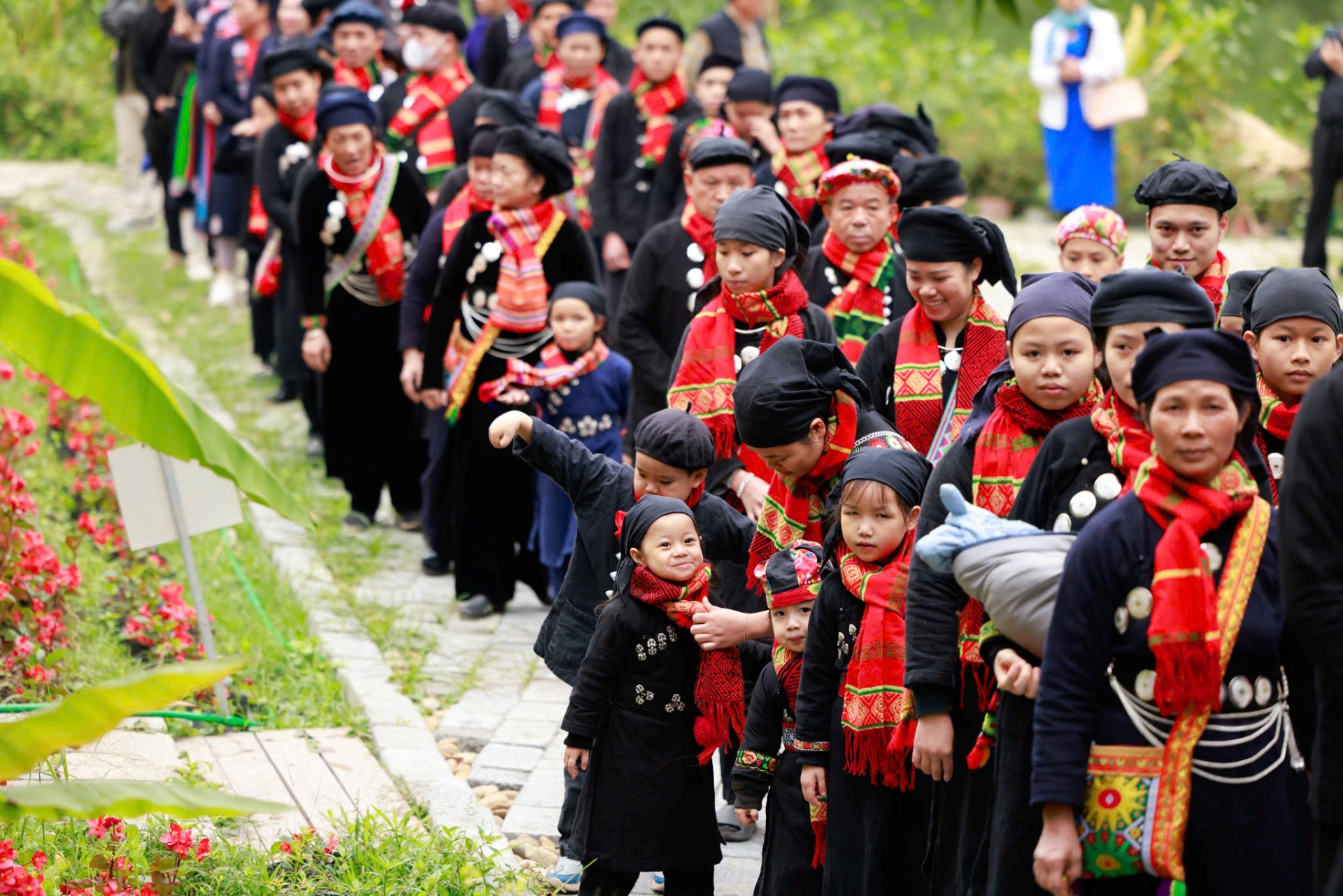
The peaceful inhabitants of the “Best Tourism Village in the World” in 2022.
Thai Hai Village – A Living Museum of Tay Ethnic Culture in Thai Nguyen
In late 2003, a village with a mission to preserve and promote the traditional cultural values of the Tay ethnic minority group in Thai Nguyen Province began to take shape.
Overcoming countless challenges and difficulties with determination and unity, more than 150 villagers in Thai Hai transformed a barren hill in My Hao hamlet into a prosperous village, covering 30 ancient stilt houses with the unique architecture of “xuyen toang” and “tu tru,” reflecting the philosophy of yin and yang and the five elements.
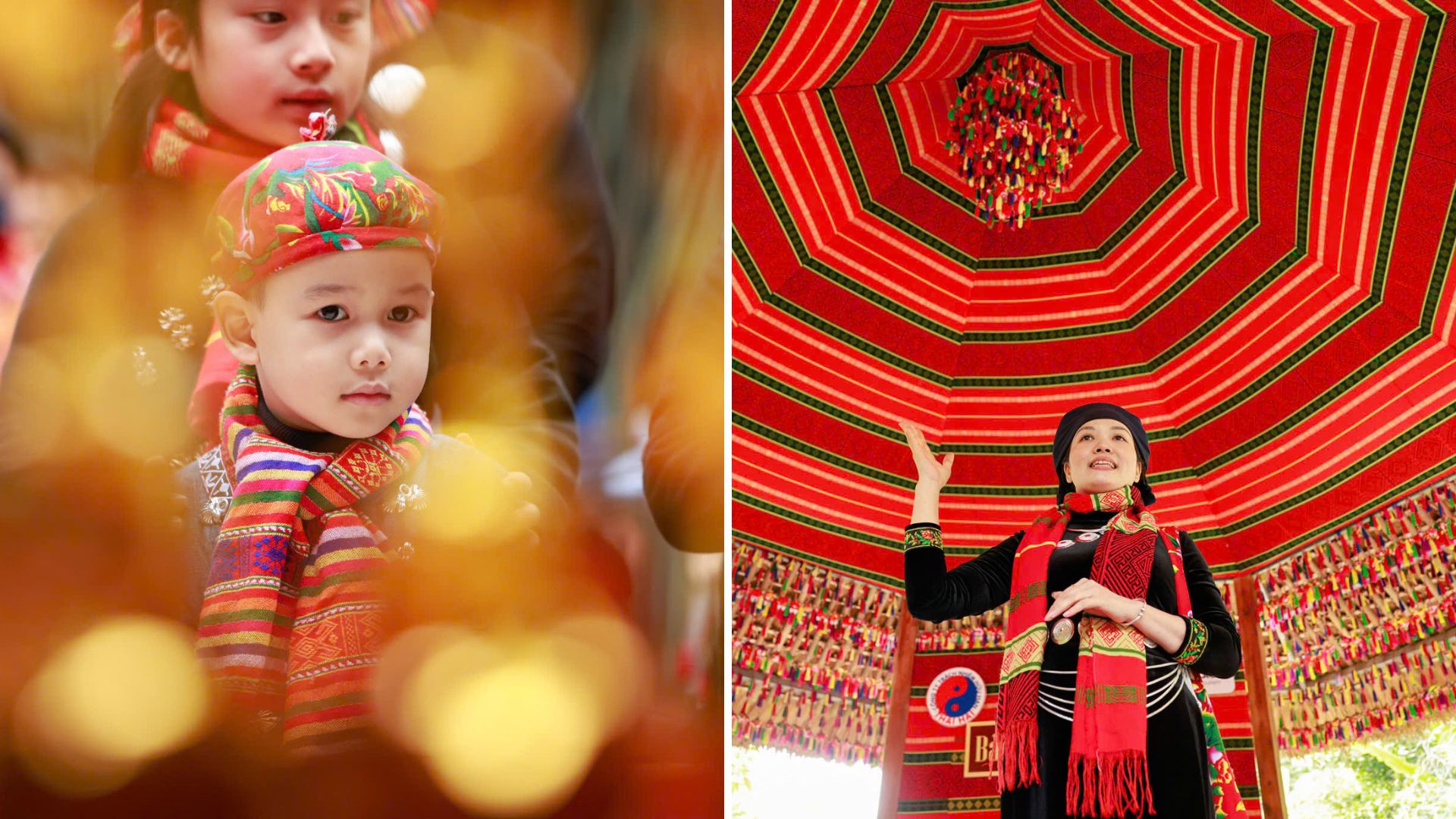
From a poor and remote village, Thai Hai has now become more prosperous, and the lives of its residents have improved thanks to the philosophy of “all villagers are family, sharing the same pot of rice and the same purse.”
Under the thatched roofs, the villagers diligently nurture love and protect the traditional Tay culture through family activities. Children are taught to speak the Tay language when they are old enough for kindergarten. At the age of six, they learn to sing “then,” play the “tinh” (a traditional musical instrument), and play “nem con” (a traditional game). In addition, the villagers also focus on traditional costumes, herbal medicine, and Tay cuisine.
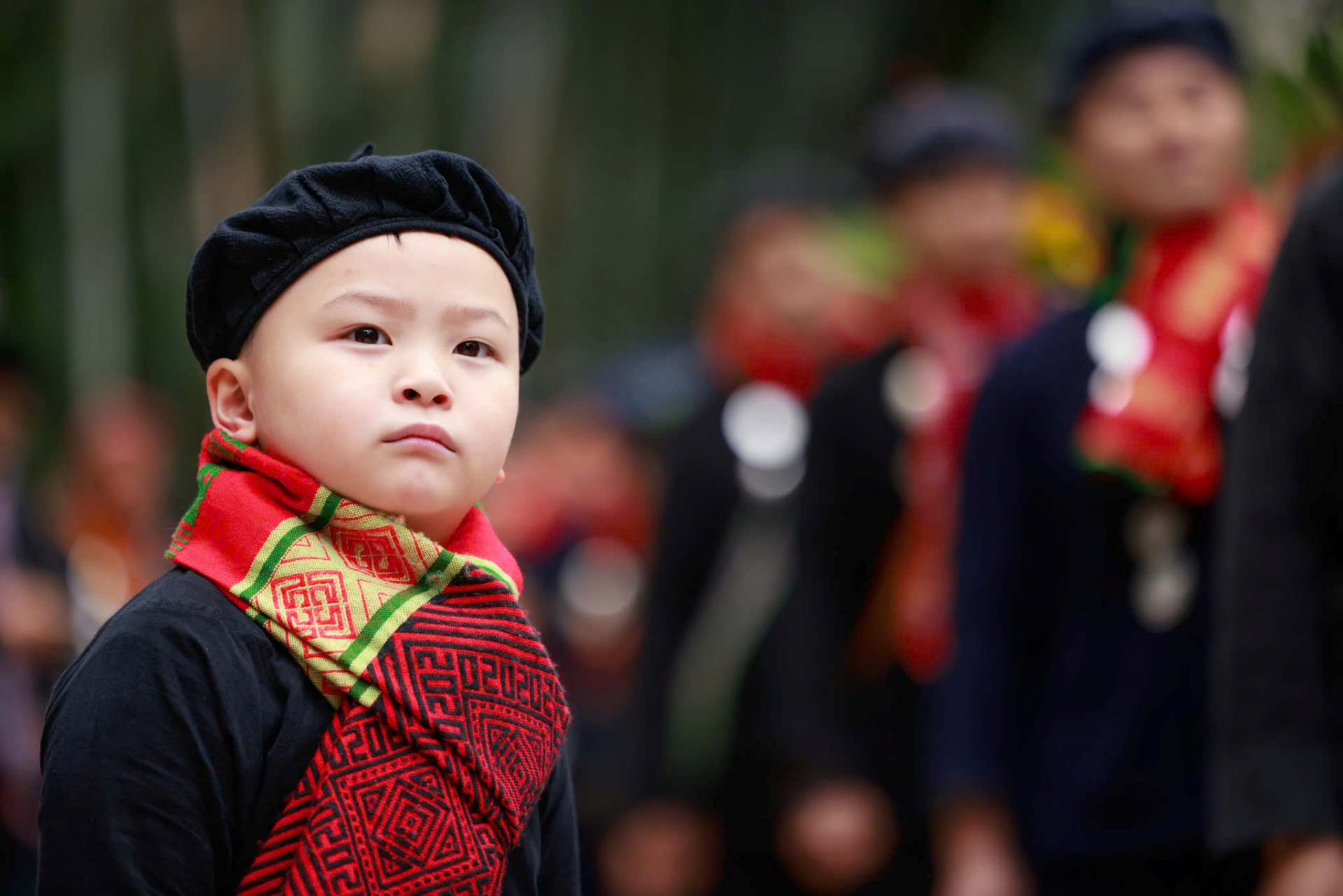
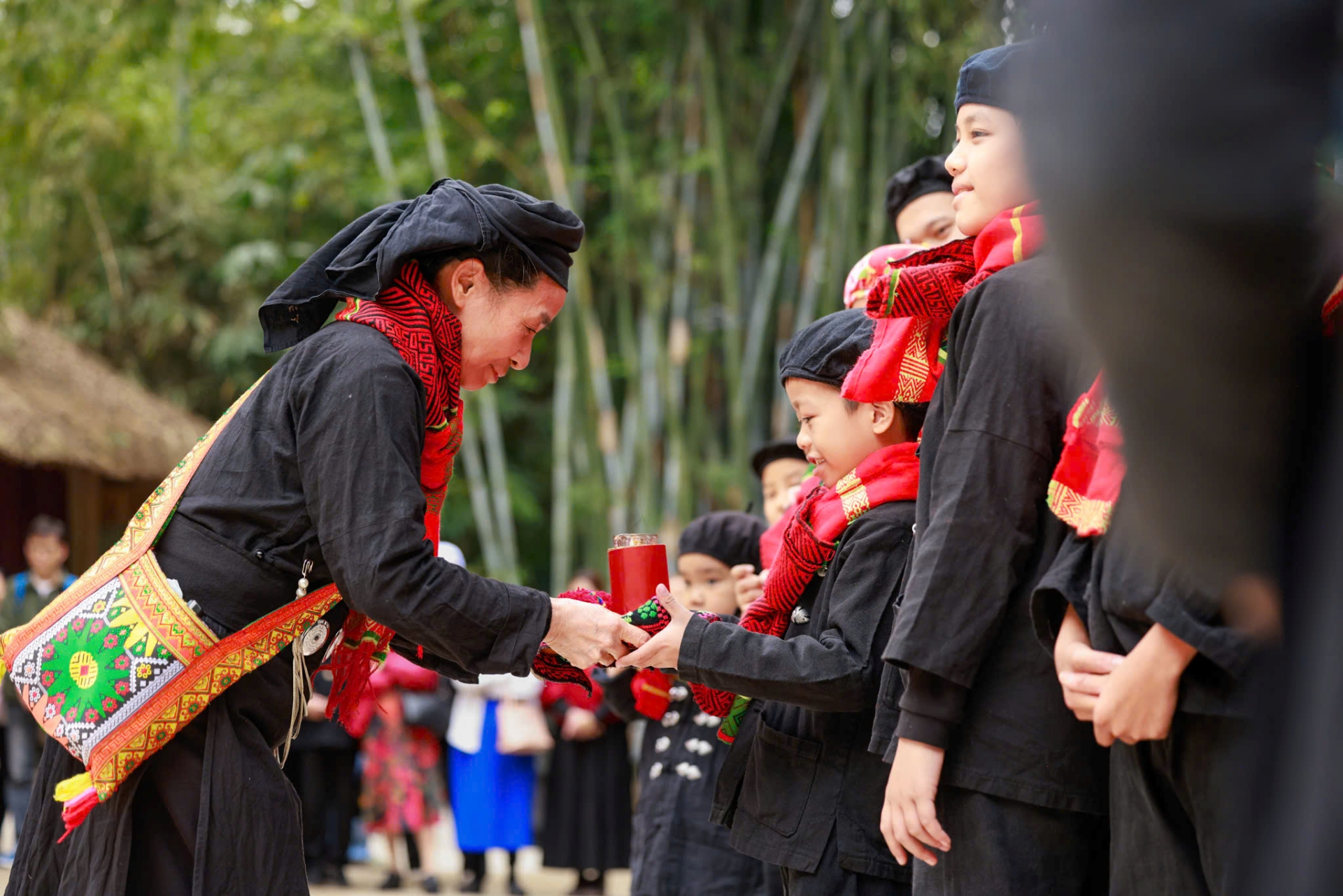
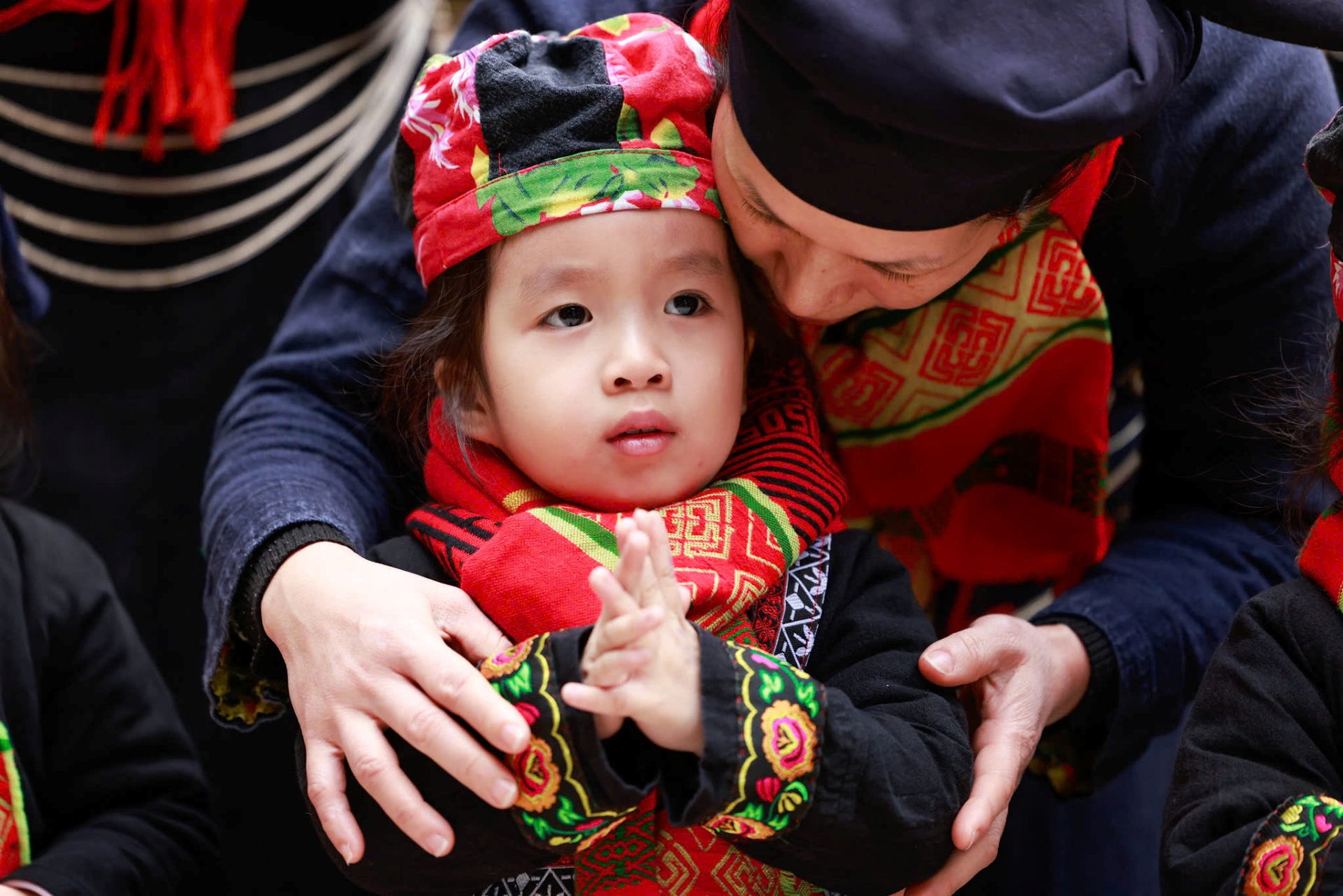
Children in Thai Hai Village are taught the traditional language and rituals of the Tay ethnic group. They also learn about folk arts.
The villagers of Thai Hai are particularly dedicated to preserving the beautiful spiritual and religious culture. Despite modern influences, the Tay people continue to cherish these cultural aspects as an integral part of their ethnic identity.
Rituals such as ancestor worship, field worship, and new rice ceremonies are passed down through generations. These practices not only show reverence for the divine but also serve as a way for the Tay people to connect with the community, educate the young, and foster unity.
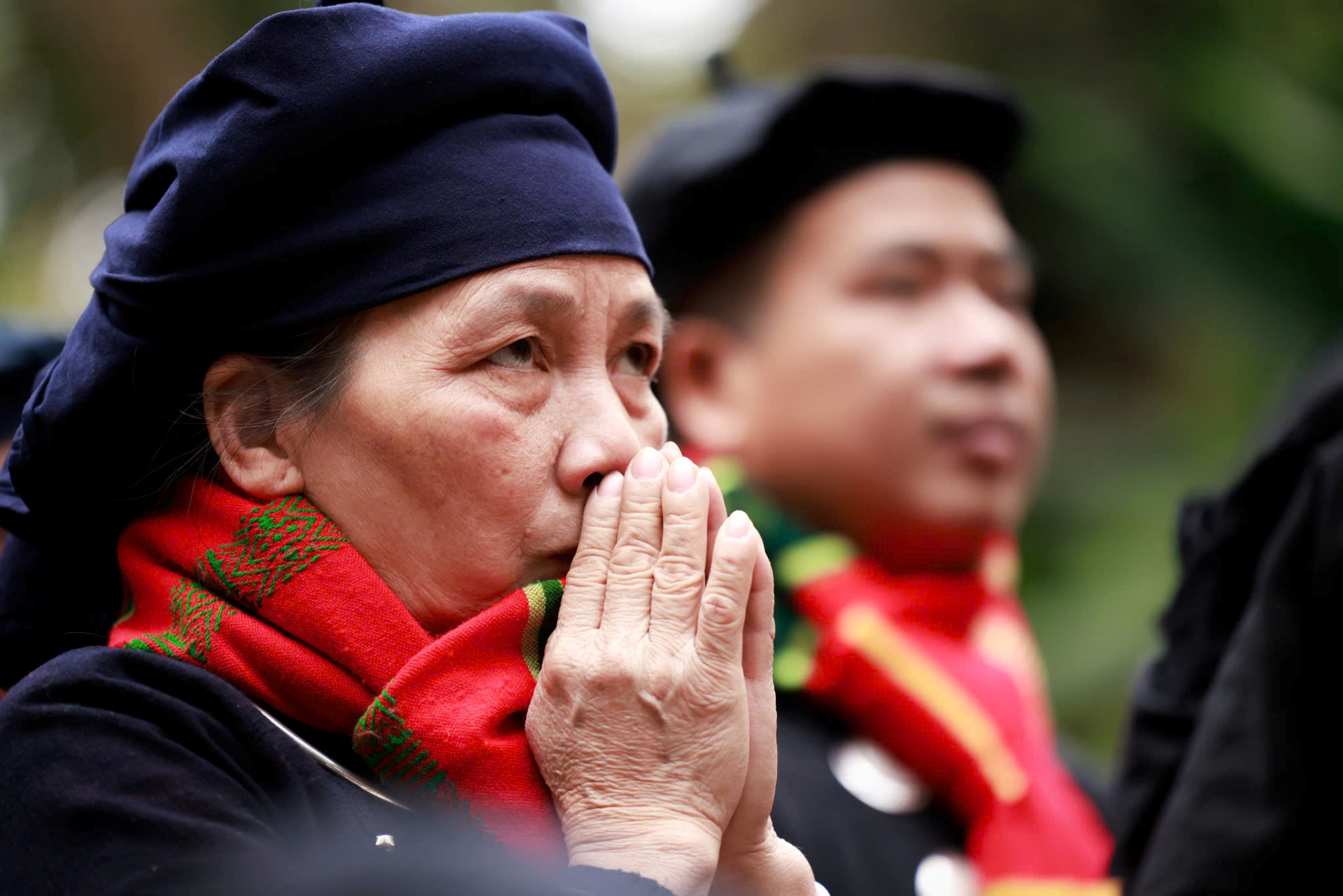
Spiritual and religious life holds a significant place in the traditional culture of the Tay people, including the community of Thai Hai Village.
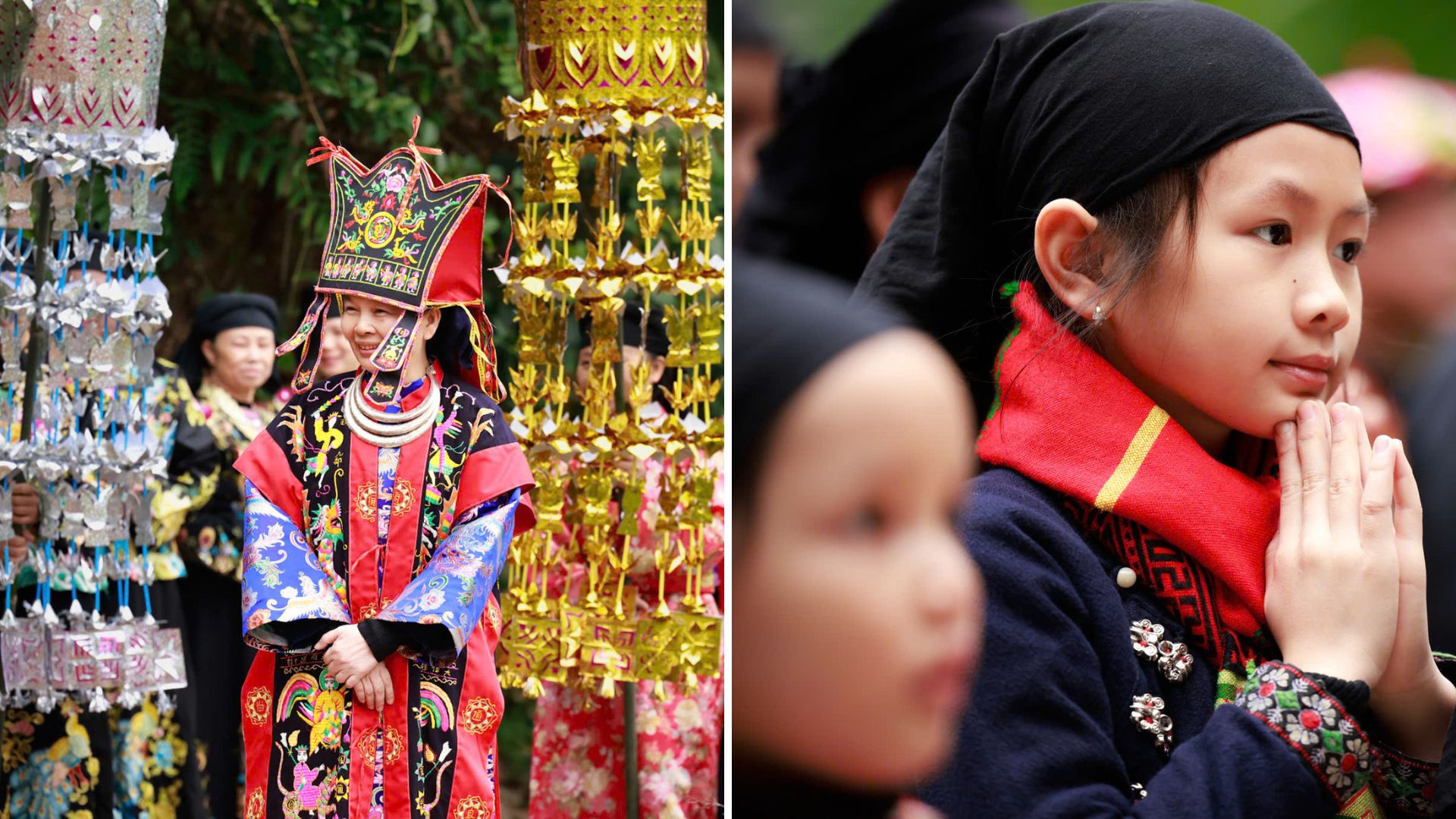
Performing spiritual rituals is how the villagers of Thai Hai connect with each other, educate the young, and foster unity among the community.
The Pây Tái Ceremony – A Song of Reunion and Gratitude
A notable example is the Pây Tái ceremony (also known as Pây Chường Tái, Chầư Nèn, or Dương Tai), a festival expressing gratitude by the Tay people. As humble and simple inhabitants of the Vietnam Northern mountains, the Tay people have always cherished the humane virtue of “remembering the source” in their hearts.
Closely connected with nature, the land, rivers, and mountains, the Tay people strongly believe in the divine powers of ancestors and supernatural beings. They believe that these sacred entities bring good weather, bountiful harvests, and prosperous lives.

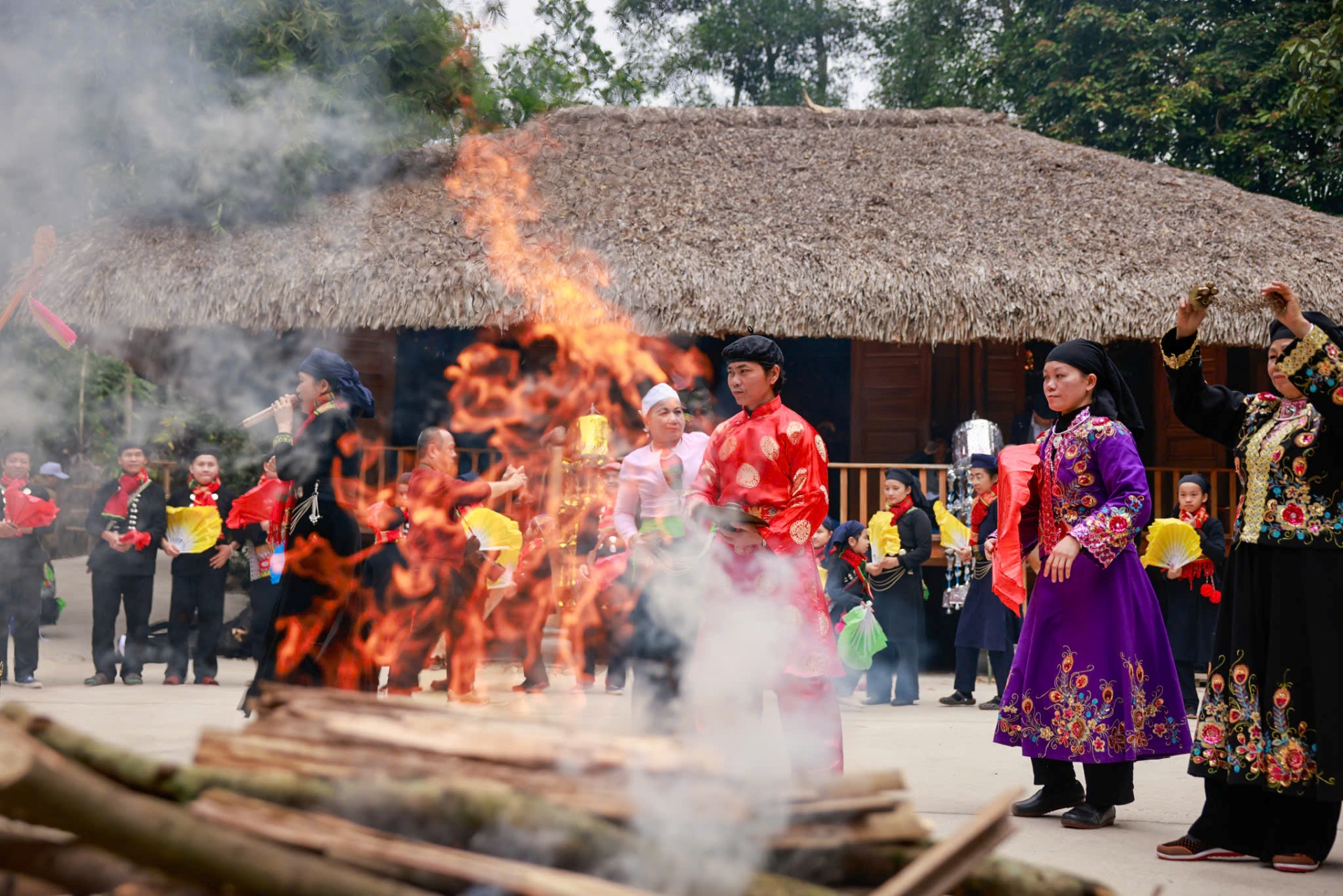
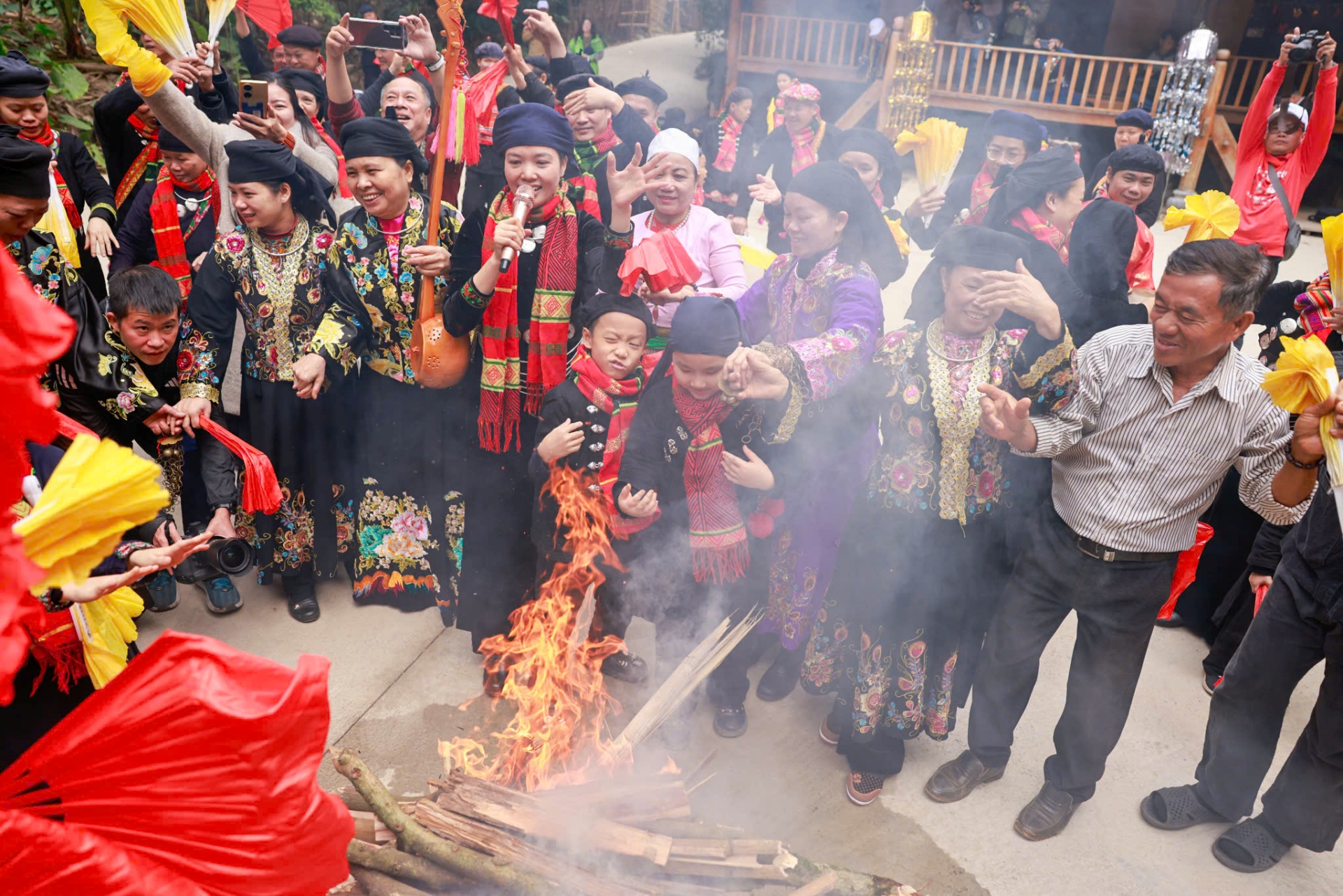
Some images from the traditional Pây Tái ceremony of the Tay people.
To express their gratitude, the people of Thai Hai Village prepare various offerings, such as candies, fruits, wine, “gai” cakes, “rom” cakes, roasted pigs, and cockerels, to worship their ancestors and deities.

Villagers offering sacrifices to the deities.
Although the origin of the Pây Tái ceremony remains a mystery, the Tay people, wherever they live in the S-shaped country, never forget this custom. While the practices may vary depending on their living circumstances, the essence of reverence for ancestors, deities, parents, and the community remains the same, embodying the beautiful traditional cultural values.
Therefore, whenever Thai Hai Village receives visitors, the villagers welcome them with the Pây Tái ritual as a way of greeting and introducing their traditional customs to the guests.
During the festival, guests not only enjoy the unique cuisine and immerse themselves in graceful dances and enchanting “then” songs but also learn about the fascinating customs and practices of the Tay people.
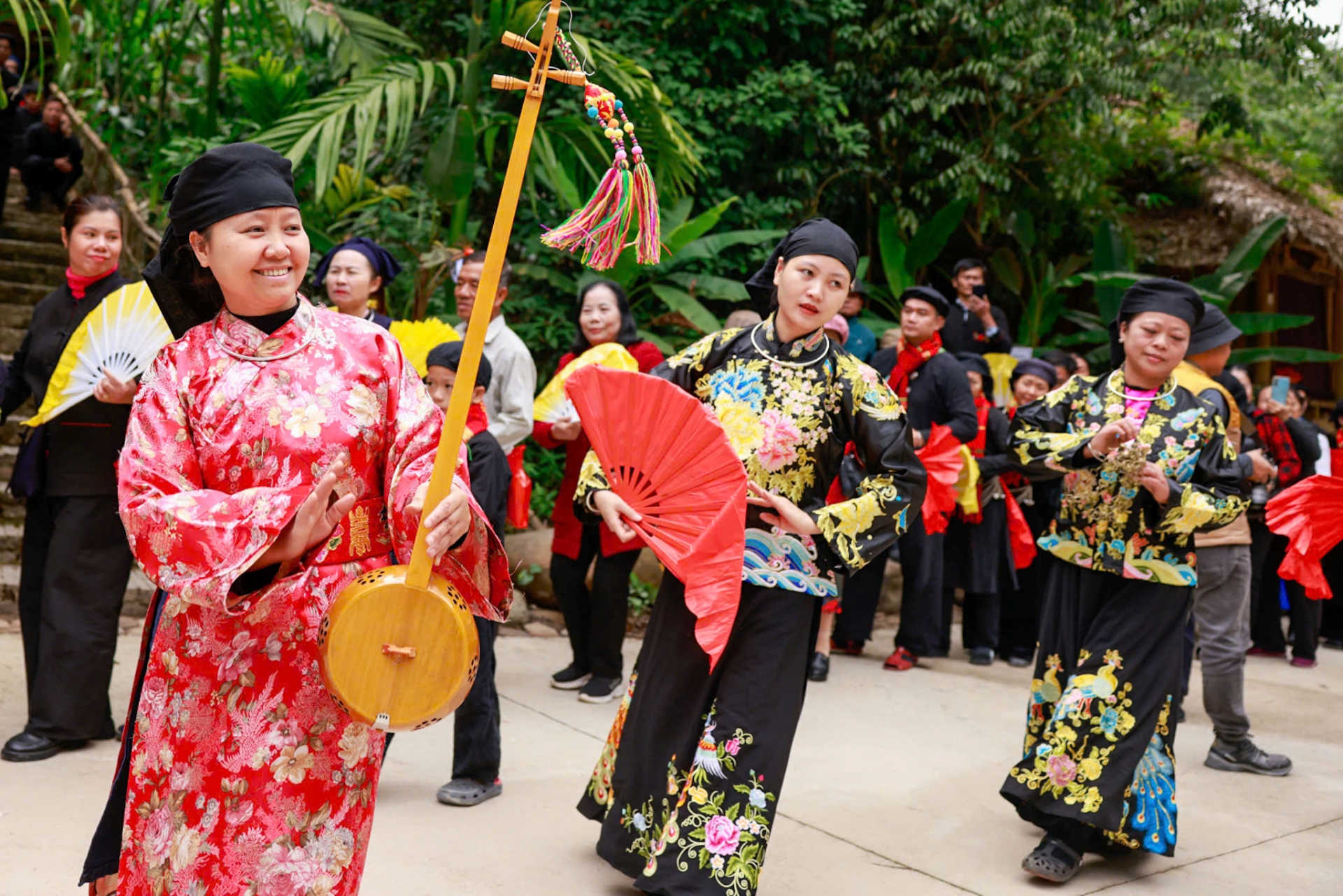
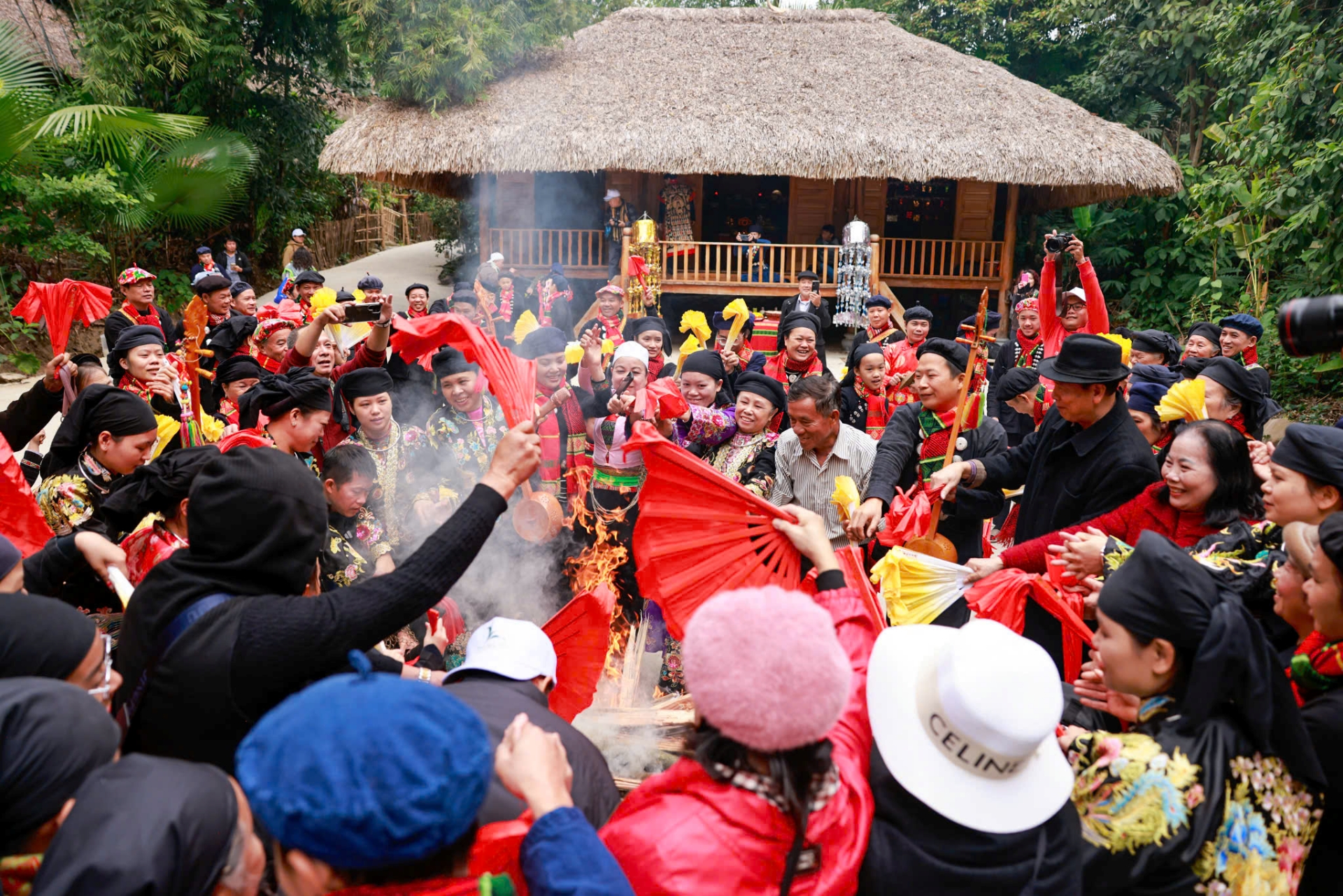
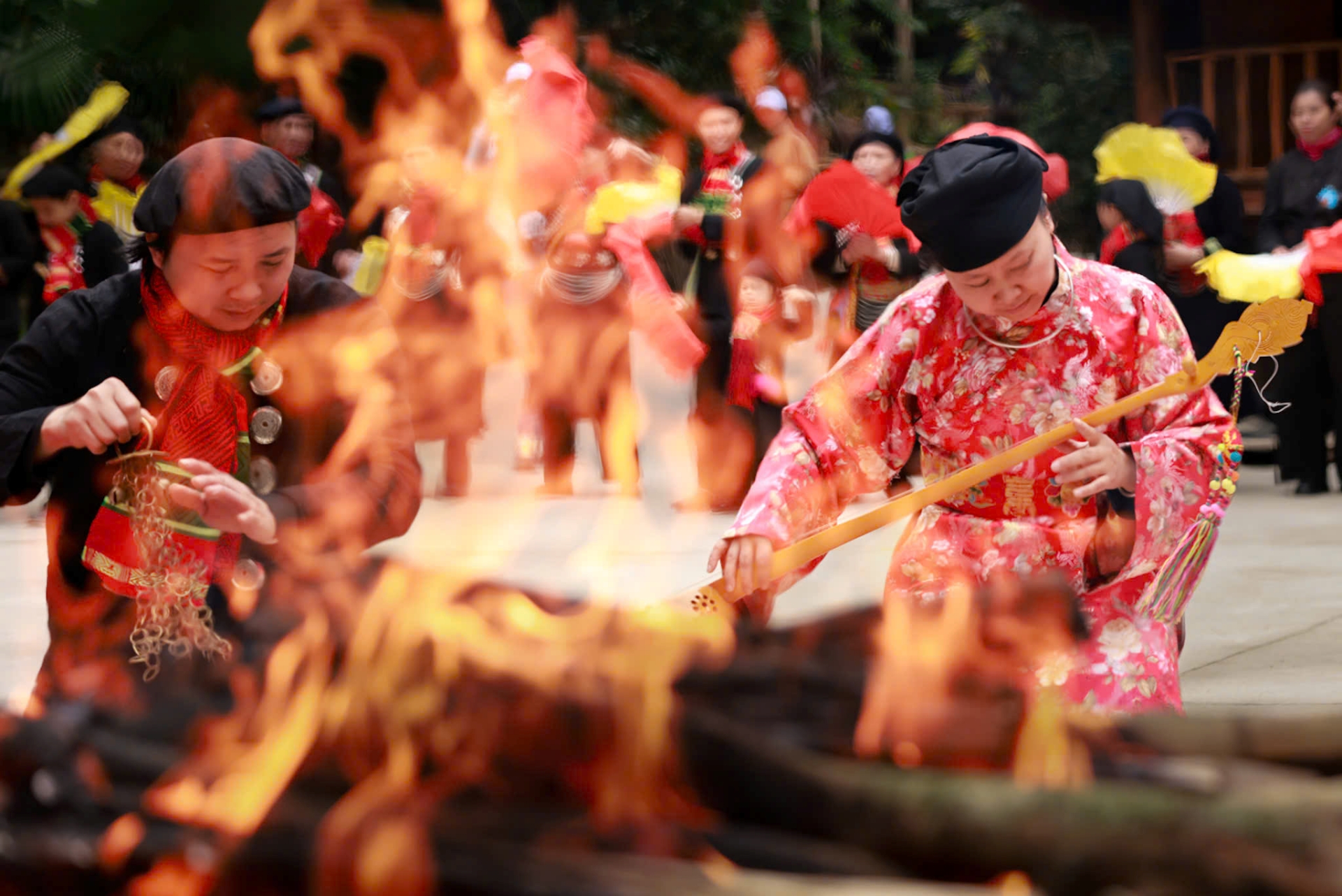
When visiting Thai Hai Village, guests can experience the Pây Tái ceremony and gain a deeper understanding of the Tay people’s culture and way of life.
The Pây Tái ceremony is not only an opportunity to promote the culture but also a way for the people of Thai Hai Village to express their hospitality and gratitude to guests from faraway places. Through this festival, the Tay people of Thai Hai hope to share their ethnic identity with visitors and contribute to preserving and promoting the precious traditional values passed down by their ancestors.
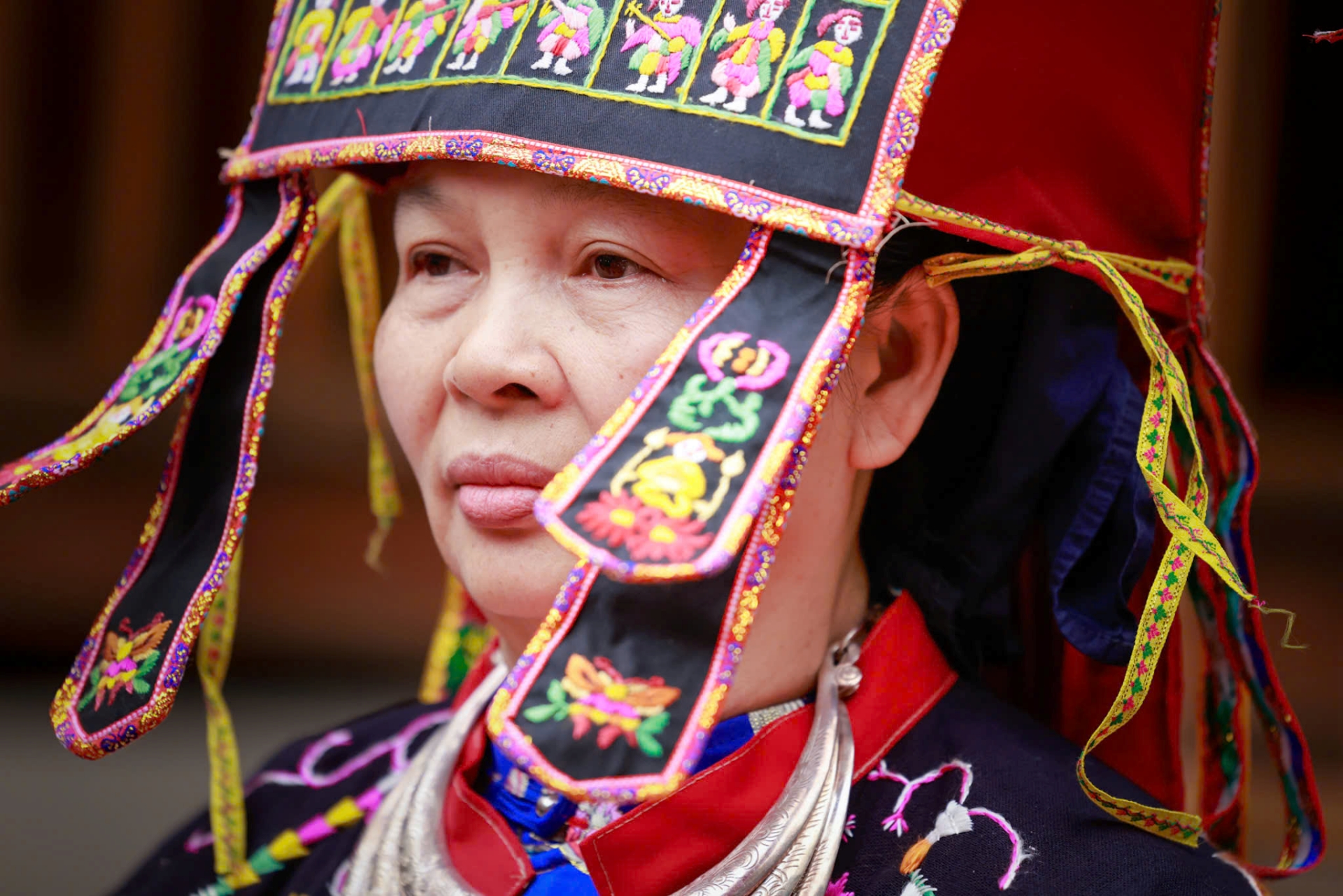
Ms. Nguyen Thi Thanh Hai – Head of Thai Hai Village.
When asked about future plans to preserve, promote, and develop the beautiful cultural values of Thai Hai Village and the Tay community, Ms. Nguyen Thi Thanh Hai, the Head of the village, shared: “Our village always welcomes domestic and international visitors to explore and learn about the traditional cultural values of the Tay ethnic group. In the long run, we hope to receive more attention, investment, and support from the province, cooperation from entrepreneurs, and contributions from people in the community.”
The Eccentric and Unusual Vĩnh Long Market: From a “Mistake” to a Bustling Bazaar with Hundreds of Products
The Quoi An floating market in Vinh Long province is a unique cultural and commercial hub, coming alive every Tuesday morning. This vibrant marketplace, nestled in the heart of the Mekong Delta, seamlessly blends the charm of a traditional floating market with the practicality of a land-based one. It stands out as a distinctive destination, offering a fascinating glimpse into the region’s rich heritage and vibrant trade.


























